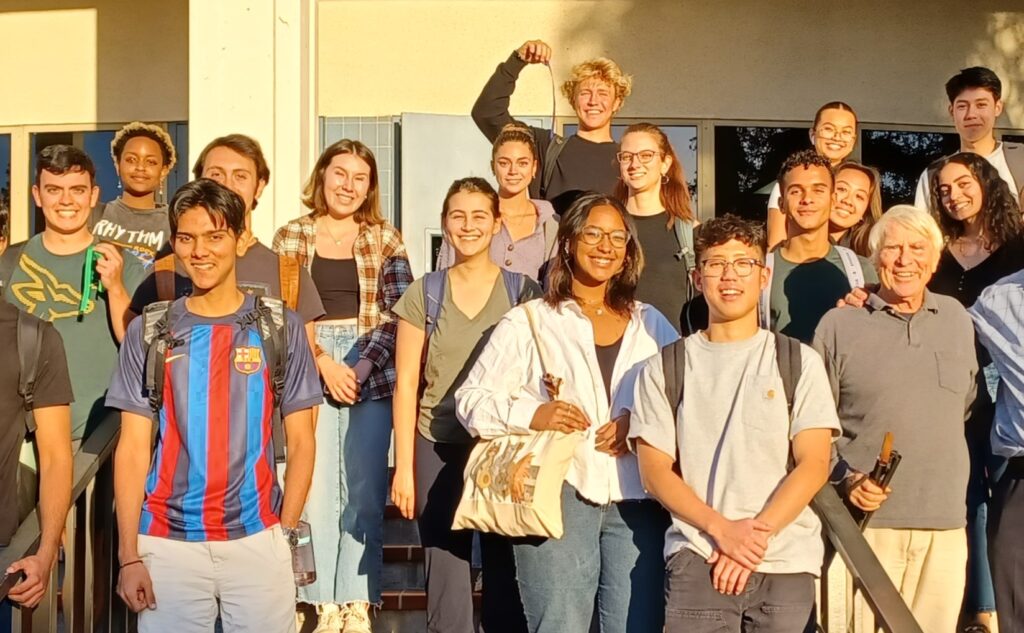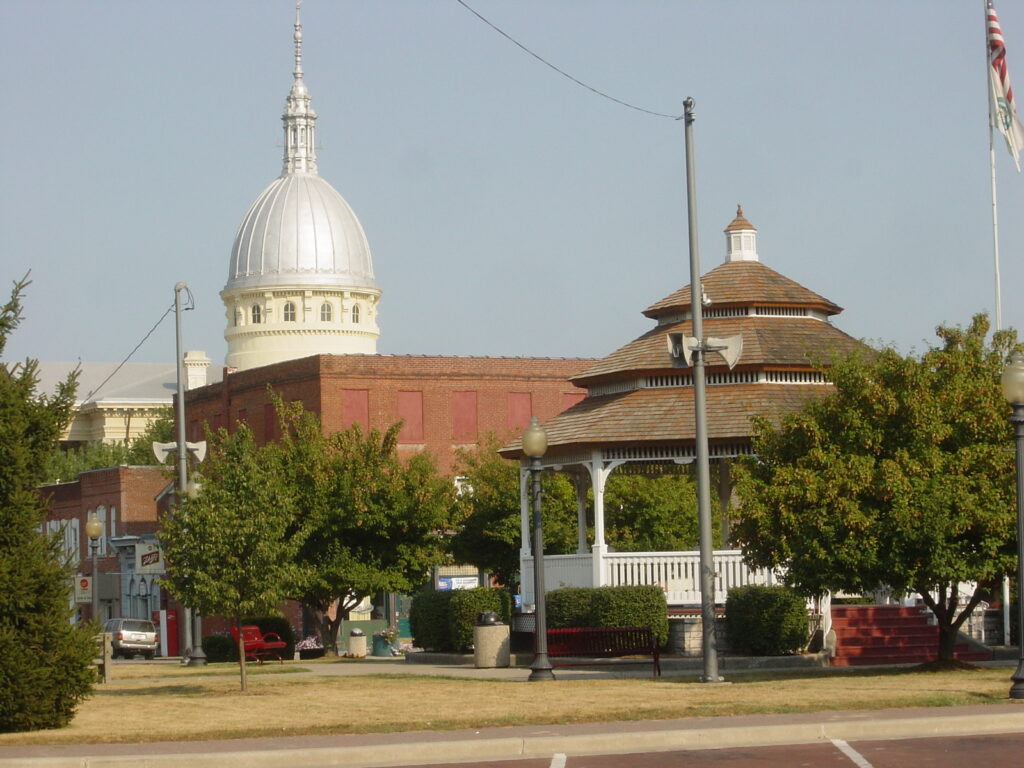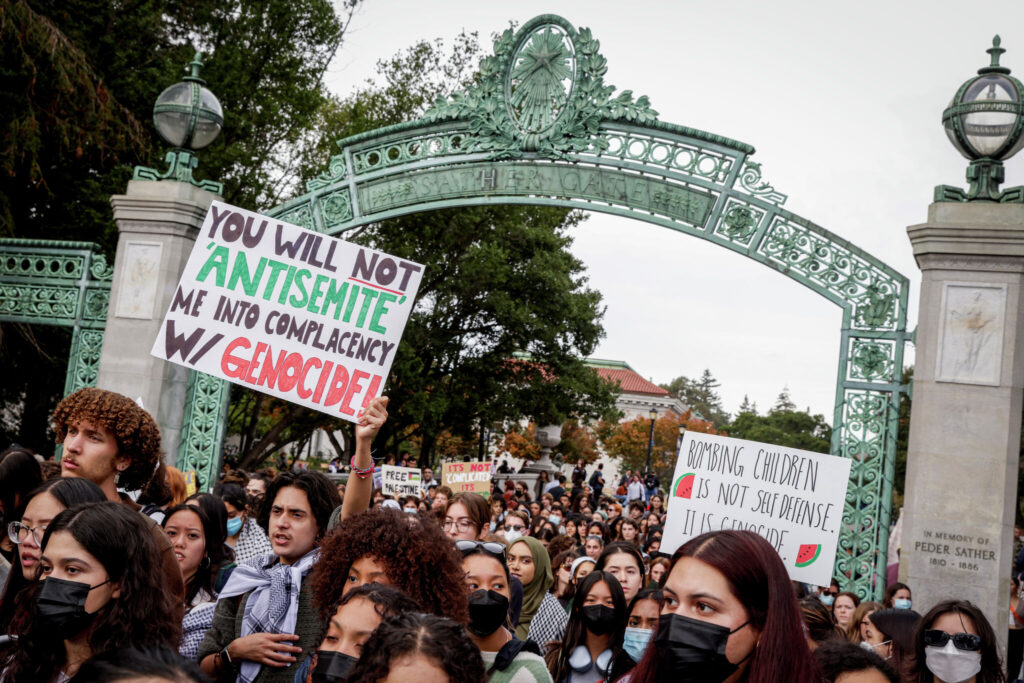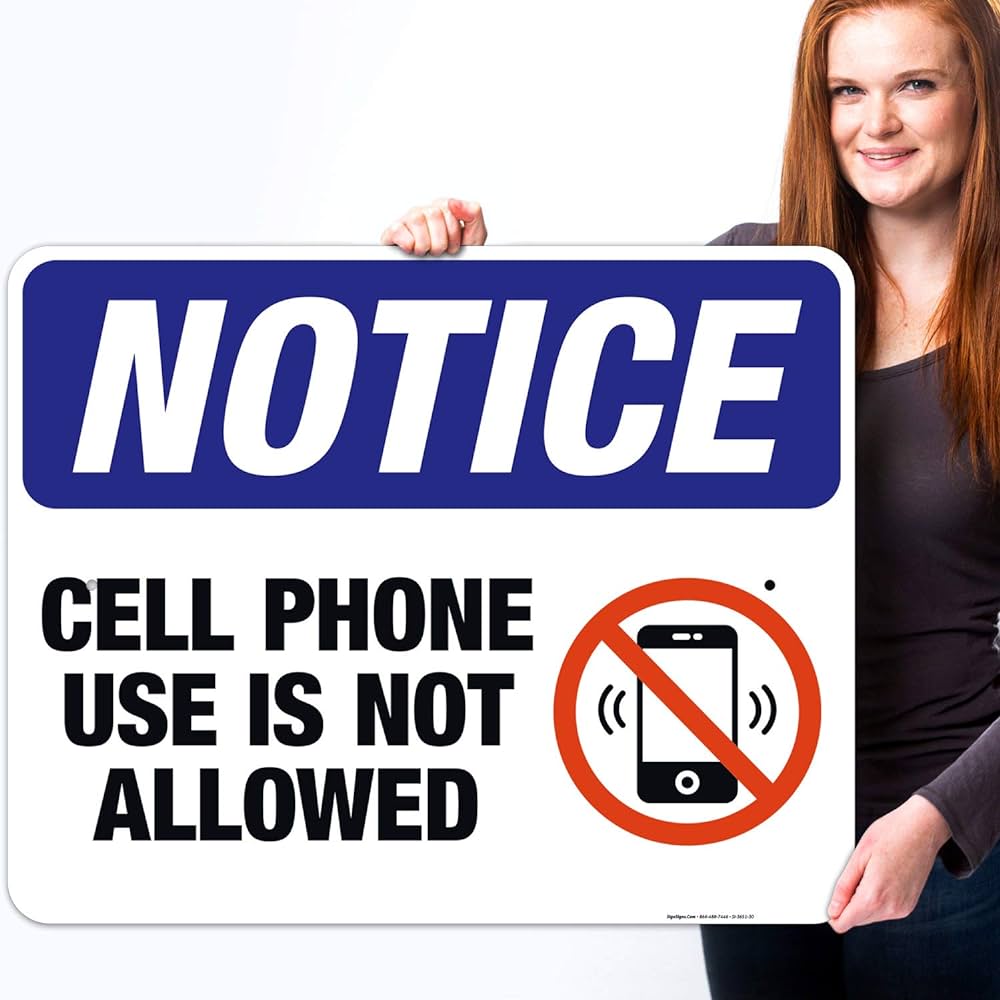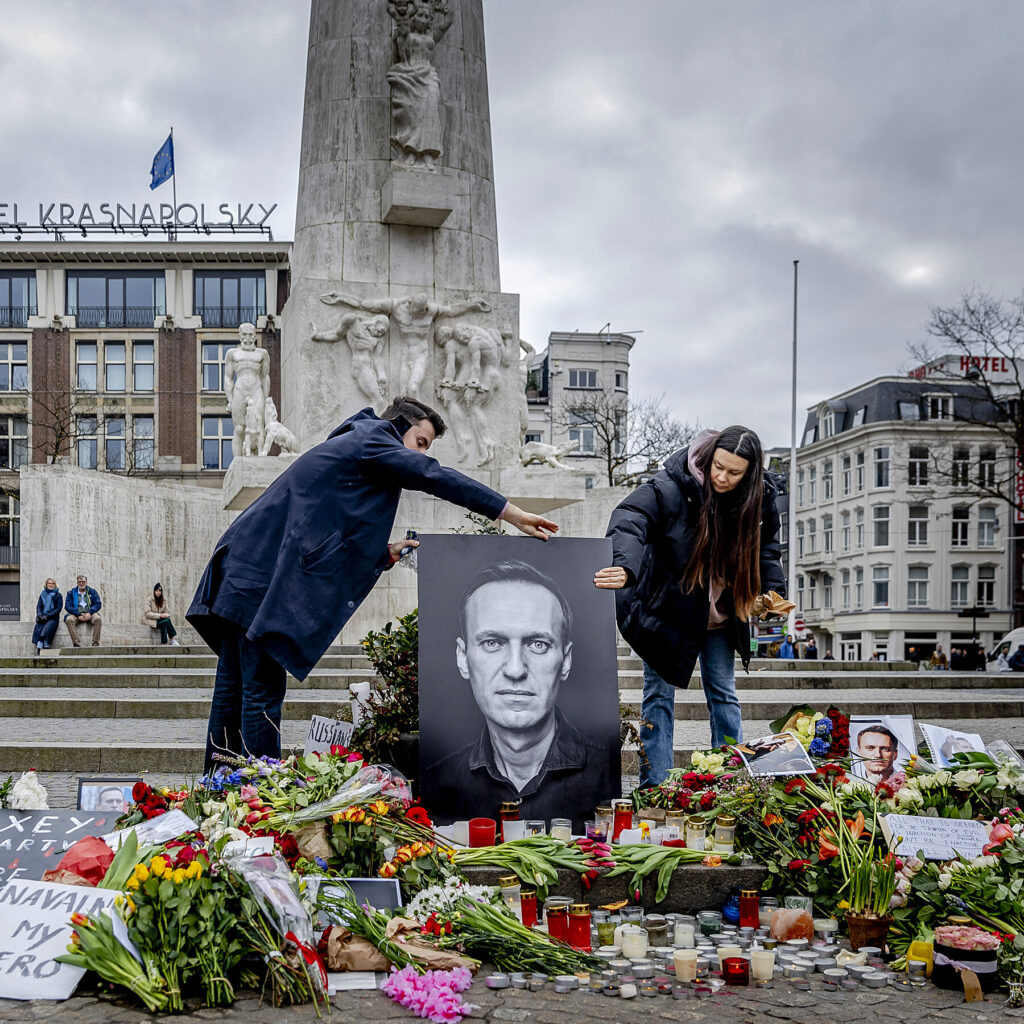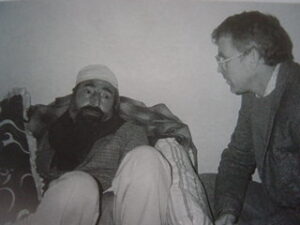
The blotches of red are flower petals scattered from an Indian Air Force helicopter during Prime Minister Modi’s consecration of the new temple.
Since I was in India shortly after an angry mob descended on an ancient mosque in 1992 in the town of Ayodhya, I thought I should go there and see it for myself. The old relic had been turned into rubble by club-wielding Hindus who believed the site to be the birthplace of the God Ram. So I didn’t expect much, but I thought it would be interesting to get a sense of the setting in which this drama had played out.
I went to the nearby major city, Lucknow, and rented a car with a driver, setting out for Ayodhya. It was a punishing trip. In the summer’s heat my only hope was air conditioning, and I was careful to pay extra for that convenience. As soon as we started out, however, the AC failed. It was too late to turn back. My choice then was one of two insufferable options.
One was to keep the window up, but it soon became much too hot and stuffy. So I would roll down the window to get some air. But then I was blasted with the hot dusty wind. I quickly rolled the window back up, and sat in the stultifying heat until I could take no more. I had to roll the window back down again. But then I immediately had to roll it back up.
It went on like that for what seemed an eternity. Eventually we arrived at Ayodhya. I was delighted just to know that the journey was over.
It was a sleepy little district town, I recall. No decent hotels and only a few restaurants. There were numerous temples, since Ayodhya for centuries had been a pilgrimage center associated with the location of Ram and the great epic, the Ramayana.
There was not much to see at the site of the former Babri Musjid, the old mosque that was stormed by Hindu mob with axes and clubs, battering the ancient walls into rubble. The police had cordoned off the whole area with a kind of no-man’s land around the location. Like me, other curious onlookers were there just to peer at the location.
It was not long before I told the driver to start the trek back to Lucknow. Heat be damned. But at least I had seen the site.
At the time the Ayodhya incident had created a huge public shock. The lawlessness of the mob and the vengeance with which they attacked the humble old mosque was breathtaking. Clearly, many people thought, the government would do something about it.
After all, the ruling Congress Party was dedicated to secularism. It was a term that in the Indian context meant equal treatment of all religious affiliations. The support of India’s fifteen percent Muslim population had been a major factor in the Congress Party’s continuing victories.
The assumption of many at the time was that the miscreants would be found and brought to justice and the old mosque restored. Or failing that, a new mosque would be built on the site.
Neither of these happened, in part for political reasons. The Babri mosque had become something of a cause célèbre on India’s political right. Hindu politics were gaining steam at the time. Support for replacing the Ayodhya mosque with a temple dedicated to Ram was a major plank in the platform of a new political party with religious leanings.
Hindu nationalism had been a feature of Indian politics since the early twentieth century. For over a hundred years it had been in the dark shadows of the secular politics of the Congress nationalist movement that emerged, after Independence, as India’s ruling party. The Congress was the party of Mohandas Gandhi and Jawaharlal Nehru, and it seemed like it would reign forever.
In the right wing shadows, however, the politics of Hindu nationalism maintained a looming presence. As early as 1909, Vinayak Damodar Savakar, regarded as the father of Hindu nationalism, engaged in debate with Gandhi in London over the efficacy of violence as a strategy in India’s independence movement.
In 1925 the Rashtriya Swayamsevak Sangh (the RSS) was founded as an organization to train young people and spread Hindu culture with the aim of making India a Hindu state. A member of the RSS was implicated in the assassination of Gandhi, and it has been a force in development of post-Independence Hindu parties such as the Jan Sangh. Hindu nationalism had been a minority movement, however, marginalized by the democratic modernism of the ruling Congress Party.
Ayodhya in 1992 began to change that. The attack on the mosque and the subsequent demand for a new temple to honor Ram was heavily promoted by the new Hindu nationalist party that succeeded the Jan Sangh and was supported by the RSS. It was named the Bharatiya Janata Party, “Indian People’s Party” or simply “the BJP.” It garnered few seats before the 1992 attack, but in 1996 gained the largest number of parliament seats of any other party, though not enough to form a stable government.
By 1998, however, a BJP-led coalition came to power and its leader at the time, Atal Bihari Vajpayee, and old Jan Sangh figure, became Prime Minister. In 2004 the Congress Party returned to power. The Congress Party at the time was led by Sonya Gandhi, daughter in law of Indira Gandhi, who declined to accept the post of Prime Minister in favor of a skilled economist, a Sikh, Manmohan Singh.
In 2014 the BJP came roaring back into power with the former Chief Minister of the state of Gujarat, Narendra Modi, as its Prime Minister. Indian national elections are held every five years, and in 2019 Modi and the BJP were resoundingly reelected. They continue to be in office.
Political observers have been trying to explain the remarkable and sudden growth of the BJP in the last decades. There are a number of factors that are distinctive to India related to its urban growth and efforts at economic development.
But the fact cannot be ignored that the rise of an authoritarian religious nationalism in India takes place at the same time when around the world there are new popularist authoritarian movements—many of them buttressed by religious xenophobia. It is an era of Erdogan in Turkey, Putin in Russia, Orban in Hungary, Trump in the United States, and Bolsonaro for a time in Brazil.
There is something emerging globally, a mounting distrust in the legitimacy of the secular nation-state, that has afflicted India as well. Like the MAGA Republicans in America, BJP-supporting Indians have embraced their leader with a religious zeal. In both cases, they have attributed to their political hero an almost divine power and an apocalyptic vision of their political reign.
Modi, like Putin and Trump, is not shy about hiding these religious ties. He has proclaimed Hindu culture to be the dominant culture of the subcontinent, one that should be celebrated. Textbooks in public schools have been rewritten to minimalize the presence of the Moghul Empires and the influence of Muslim culture. Cities with Muslim names, like Allahabad, have been replaced with names that are either neutral or Hindu.
Modi arrived in Ayodhya in priestly garb on January 22, 2024 for the inauguration event of a new temple that had been built on the site of the destroyed mosque. He had endured eleven days of purification rituals to prepare him for taking on the sacral role of consecrating the granite stone image of Ram on the temple’s altar.
The Ayodhya that Modi came to was a vastly different city than the sleepy town I visited some thirty years earlier. The construction of the new temple attracted a number of gleaming new hotels and restaurants, and an impressive new airport was constructed to cater to the new crowds. Visitors would no longer have to endure hours of dusty travel in the summer without air conditioning.
The construction of the new temple had been allowed after an Indian Supreme Court decision in 2019 that settled the issue of what would be done with the site. In an unusual and controversial decision, the Court admitted that the mob’s destruction of the ancient mosque was indeed “an egregious violation” of the law. But nonetheless, it granted control over the site to a trust to be set up by the Government of India in order to have a Hindu temple built on the 2.77 acre location. It simultaneously allocated 5 acres in another “prominent location” to be given to the official Muslim charity foundation of Uttar Pradesh to have a new mosque built there.
By the time that Modi showed up to inaugurate the temple, the rupee equivalent of over 200 million dollars had been raised from non-government donations to create the mammoth artifice. Millions more were allocated from government funds for infrastructure requirements of roads, utilities, and the like.
The building is scheduled to be completed within a year or so, perhaps by early 2025. The incomplete condition of the new construction, however, did not deter Modi from inaugurating it early. It is, after all, right before the national elections slated later in the Spring. Ignoring the unfinished details, he declared it functionally finished, consecrating the image of Ram that officially made it a sacred temple.
The crowds roared. It was estimated that over 300,000 people had crowded into Ayodhya from all over the country for the grand occasion. At the moment of the consecration, helicopters and airplanes from the Indian Air Force flew low overhead scattering thousands of flower petals on the joyful throng.
The Indian press, much of which was already in the BJP camp, were rapturous over the occasion. India Today, once a respected newsmagazine of India, proclaimed that the installation of the Ram image in the temple was “not just a religious ceremony.” They averred that it was “much more,” stating boldly that “the world is seeing in it the civilizational awakening, the rise of a nation that is finally shaken off the colonial shackles.”
A group of Indian human rights organizations, however, have taken a different position. They issued a statement saying that Modi’s consecration of the temple “set a dangerous precedent.” They accused the Prime Minister of a blatant political stunt in advance of the elections. Moreover, they said that it was a dark indication of “a disregard for the right to exist for religious minorities,” and the further erosion of secularism in public life.
In India, the temple has been consecrated, a monument not just to Lord Ram but also to a Hindu political regime. It signifies, as elsewhere in the world, a religious nationalism on the rise. The garish temple is also regarded for many observers to be a bad omen for democratic nationalism, and a dismal perversion of religion.
